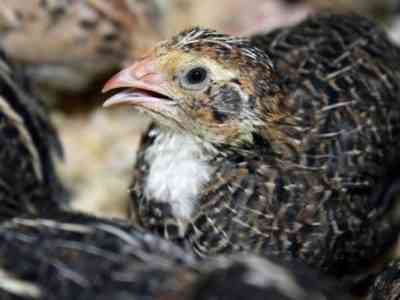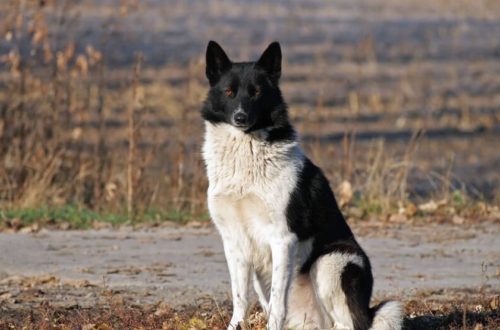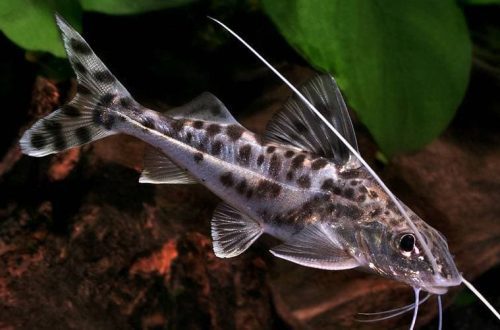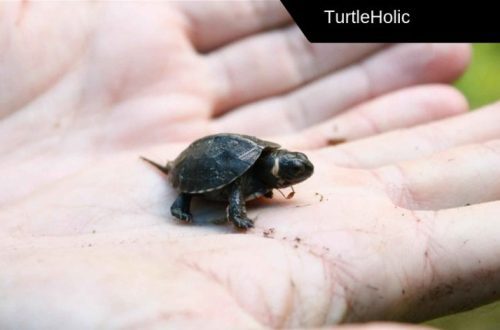
Quail drinkers: how to make your own hands and the basic requirements for them,
Domestic quails kept in a cage need special conditions for feeding and watering, and this dictates certain requirements for feeders and drinkers. The organization of proper watering and feeding of quails will not only ensure cleanliness in the cage and save costs, but will also allow you to grow healthy birds. Inventory for this can also be bought in the store, but anyone, even a novice poultry farmer, can easily assemble drinking bowls for quails with their own hands.
Contents
Drinkers for quails
With the cage content of quails, drinkers are most often installed on the outside of the cage, and with floor content – indoors. It is recommended to place feeders and drinkers on different sides of the cage so that food cannot get into the water.
Best to do it yourself removable drinkers for quails, as they can be removed and washed easily at any time.
Basic requirements for quail drinkers
- The material from which they are made must be hygienic. The most suitable materials for this are plastic, porcelain, glass and stainless steel. It is simple and easy to wash and clean the structures made from them.
- The design of the drinker must be so stable that the birds cannot fall into it.
- Drinkers must be constantly accessible.
- The design should be made so that foreign impurities do not get into it.
- It is not advisable to use open containers for drinking young animals, since, actively moving, quail chicks pollute the water, which leads to the reproduction of microorganisms and bacteria.
- The size of the drinker must be taken into account based on the number of birds (200 mm per individual).
The main types of quail drinkers
- cup designs – These are microcups, inside of which there is a small ball. Water enters them through a thin rubber hose. They are suitable mainly for small quail.
- Open drinkers. You can make them from any container. However, they have significant drawbacks: food getting into the water, overturning the container by birds, quail can fall into it and drown.
- Nipple designs. Water enters them, after pressing the nipple, in small droplets (the principle of a washstand). Quails drink from them as much as they need and at the same time do not get wet at all. A “drip catcher” is installed at the bottom of the device, which prevents leakage of water from the drinker. This type of device is very convenient.
- Vacuum drinkers. They are based on the difference between the atmospheric air pressure outside and inside the tank. They are usually made of plastic and are easy to clean. You can not change the water in them for a long time, as it remains clean for a long time. There are such designs of different sizes, but for quails you should choose small ones.
Drinker use:
- water is poured into the bucket;
- a drinker is put on top;
- the structure is reversed.
It is recommended to use such structures when keeping quails on the floor.
How to make drinking bowls with your own hands
1. The easiest way is to make drinkers from simple plastic bottles. This will require two bottles, one of which is cut across in half, while making the fasteners so that it can be hung outside the cage. In the lower part, it is necessary to make two square holes located from the bottom at a distance of five centimeters. Thin holes are cut near the neck of the second bottle, and it is inserted into the first bottle upside down.
The structure is fixed from the floor at some distance and suspended from the wall. In the lower bottom, the water level will be maintained automatically by spending it while drinking and filling it through small holes.
2. Drinking bowl with a device in the form of a nipple – This is an analogue of factory designs.
Necessary materials and tools:
- a plastic bottle (for a large number of birds – a canister);
- a device for supplying water in the form of a nipple (purchased in a store);
- drills and a drill to make holes in containers;
- adhesive sealant;
- devices for hanging ready-made drinking containers (wire, rope, etc.).
Production procedure:
- make several holes at the bottom of the container;
- screw the iron nipple along the thread, and then glue the joints to avoid further water leakage;
- on the side opposite from the holes, make several holes for the wire or rope.
Such a device is very convenient in operation, as it is almost automatic. Particular attention in the manufacture should be given to fixing the nipples.
3. DIY nipple drinker. For its manufacture, you will need to buy an ordinary plastic pipe and nipples.
- Make holes in the pipe and cut the threads for the nipples.
- Screw in the nipples, wrapping the joints with Teflon tape.
- Connect one end of the pipe to the water supply, and put a plug on the other end. The water tank should be above the drinker.
The advantages of this design are that the quails do not get wet, it is possible to give them medicines and vitamins, and there is no need to constantly monitor the amount of water.
4. Bath and bottle design.
- A bath of the required dimensions is made of galvanized steel, the planes of which are fastened with steel rivets and coated with silicone.
- A frame is made of moisture-resistant plywood: rings for a bottle, fastened with a wooden block. The diameters of the rings depend on the bottle. The top one should ensure its free passage, and the bottom ring should keep the bottle in weight.
- The bath and the frame are attached to the side wall of the cage using self-tapping screws.
- The bottle should be installed from the bottom of the bath by twenty millimeters. It is filled with water, twisted with a cork and inserted into the frame. Then the cork is unscrewed, and the water gradually fills the bath to the desired level. This level will be maintained as long as there is water in the bottle, which is easy to pull out and refill.
This design will provide constant supply of water and will not allow it to be contaminated with food residues.
Having provided young quails with always fresh water from high-quality do-it-yourself drinkers, it will not be difficult to grow a strong and healthy bird.




